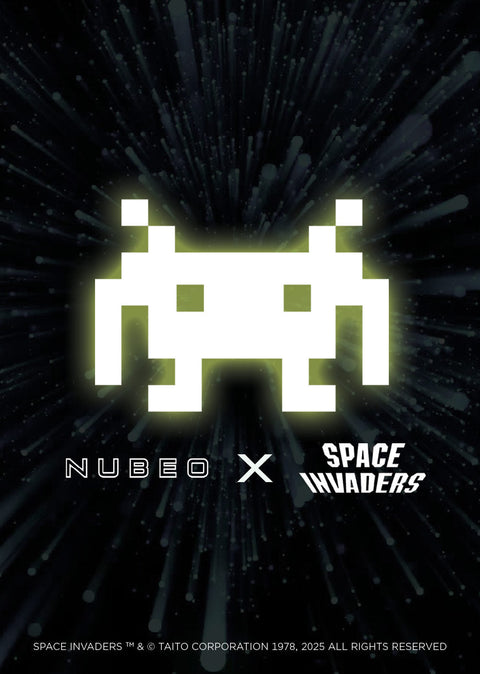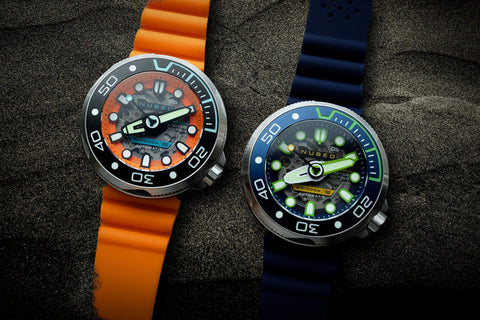Since its launch in 1988, MBARI’s ROV Ventana has been nothing short of a revolutionary tool for marine biology. Built by International Submarine Engineering and operated from MBARI’s research vessels—initially Point Lobos, later Rachel Carson—Ventana has made over 4,500 dives into Monterey Canyon and beyond, earning the distinction of being the most-used scientific ROV in the world. Its cutting-edge technology has not only changed how we explore the deep sea but vastly expanded our understanding of marine ecosystems and biodiversity.
Discovering Unknown Species
One of Ventana's most celebrated achievements is its role in identifying previously unknown sea creatures. In the early 1990s, it captured the first images of Stellamedusa ventana, a jellyfish later named after the submersible. Since then, MBARI has discovered over 250 new species, more than half of which have been formally described—advancing knowledge of ocean biodiversity critical to monitoring marine health.
Equally striking were Ventana’s surveys of the mesopelagic or midwater zone (200–1,000 m depth). Systematic video-based studies revealed that gelatinous animals were far more abundant and ecologically important than previously thought—accounting for roughly 25% more biomass than earlier net-based estimates had suggested. These insights reshaped our view of deep-sea ecology and the global carbon cycle.
Tracing the Flow of Carbon
Ventana enabled MBARI scientists to quantify an important marvel: larvacean “houses”—gelatinous structures discarded by filter-feeding organisms—transport significant amounts of carbon from midwater to the seabed. Long-term time-series video studies showed that species like Bathochordaeus deliver one-third of the food supporting benthic communities—key information for global biogeochemical models.
This long-term dataset, spanning more than 25 years, remains the most comprehensive midwater ecological record in the world.
Cutting-Edge Technology in Action
Ventana isn’t just a discovery tool—it’s also a technological testbed. Pioneering innovations like the Low-Altitude Survey System (LASS)—a combined multibeam, lidar, and stereo camera system—were first tested and refined on Ventana before rolling out across MBARI's fleet.
It also made history in 1999 by carrying the first high-definition camera on an ROV and, more recently, upgraded to 4K resolution, giving scientists unprecedented clarity in observing deep-sea life.
From Lab to Exhibit: Bringing the Deep to the Shallows
The deep-sea specimens collected via Ventana played starring roles in the Monterey Bay Aquarium's Into the Deep exhibit. Species like Lampocteis cruentiventer (the bloody-belly comb jelly) and Stellamedusa ventana were displayed—many for the first time ever—earning an Innovation Award from the Association of Zoos and Aquariums.
Under specialized protocols, Ventana carefully captured live specimens, helping the aquarium devise husbandry practices with guidance from MBARI biologists and field engineers.
Instrumental for Collaboration & Marine Engineering
Ventana’s versatility has made it invaluable for everything from testing new sampling tools (e.g., Harvard’s polyhedral sampler) to deploying custom instruments designed by MBARI engineers. Its adaptability—being reconfigured for different scientific goals daily—has advanced collaborations across institutions.
Ventana: A Lasting Legacy Beneath the Waves
Ventana’s 35+ years and over 17,000 hours underwater are more than a record—they signify an era of marine exploration defined by innovation, discovery, and interdisciplinary impact.
From unearthing new species to mapping ancient ecosystems, revealing biochemical processes, and bringing the deep sea to the public eye, Ventana has reshaped our understanding of Earth’s final frontier. Its legacy lives on in MBARI’s ongoing missions—and human curiosity deeper still.









